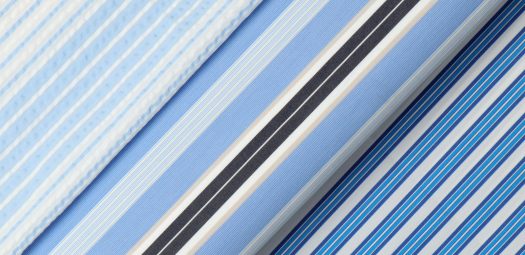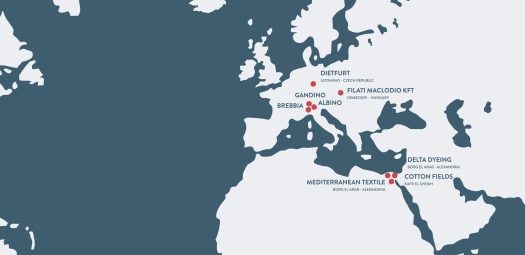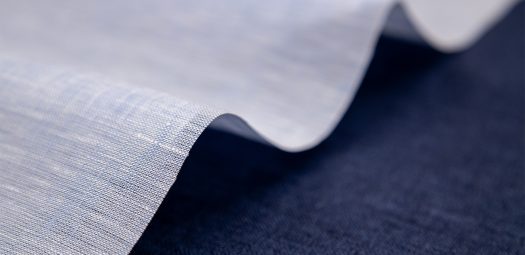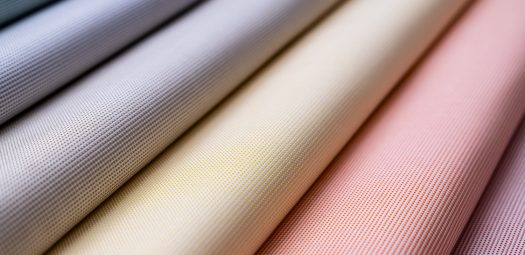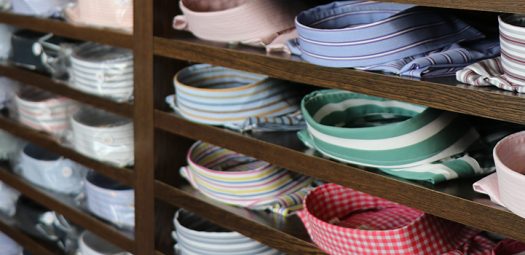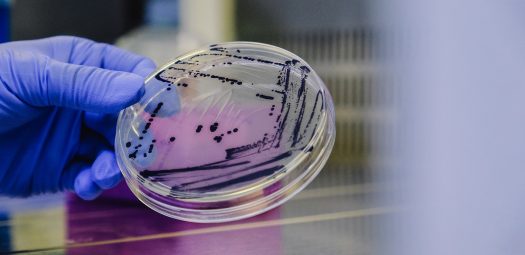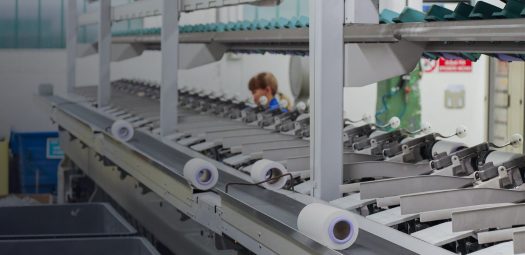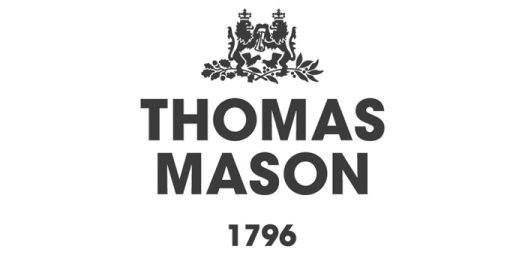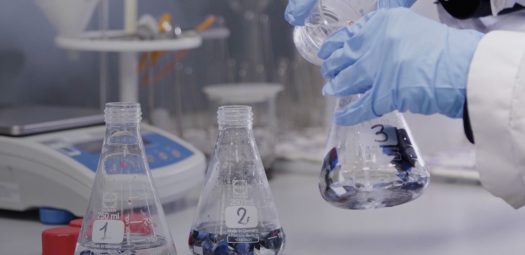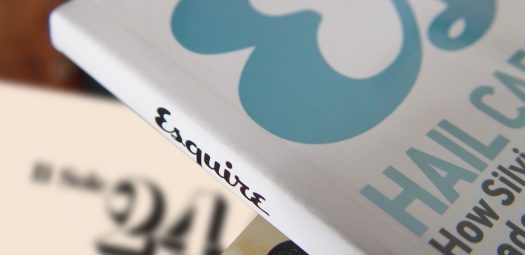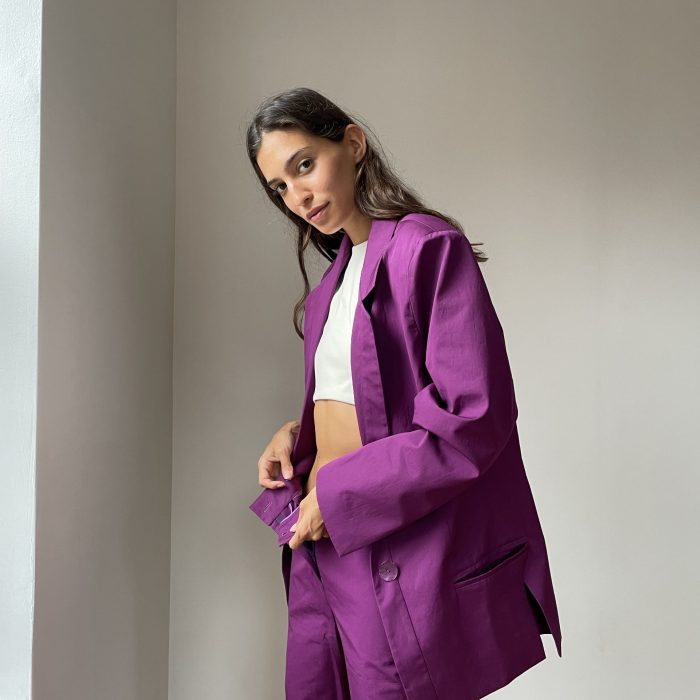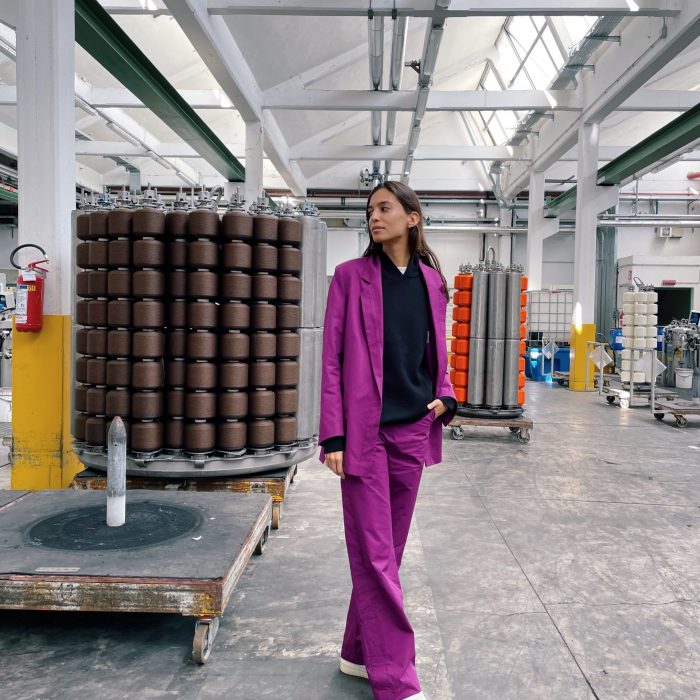For the 2021 edition of #OneDressToImpress, Marina Testino will be wearing a purple suit, symbol of gender equality, designed by the stylist Tiziano Guardini and realized with the fabric called Athena Organic by Albini 1876: a heavy weight popelin, full textured double twisted BIOFUSION® 100% organic cotton.
Thanks to a close collaboration with american farmers, the cultivation of this type of cotton is directly managed and controlled by Albini Group, with the aim to guarantee the respect of high qualitaive standards and a higher attention to sustainability and traceability of the whole supply chain. The result is a fabric realised with certified organic raw materials coming from biological agricultures. By adopting respectful solutions for our environment, these cultivations are committed in the safeguard of different ecosystems, adopting smaller quantitatives of water and avoiding the usage of synthetic pesticides, herbicides, defoliants and OGM seeds.

